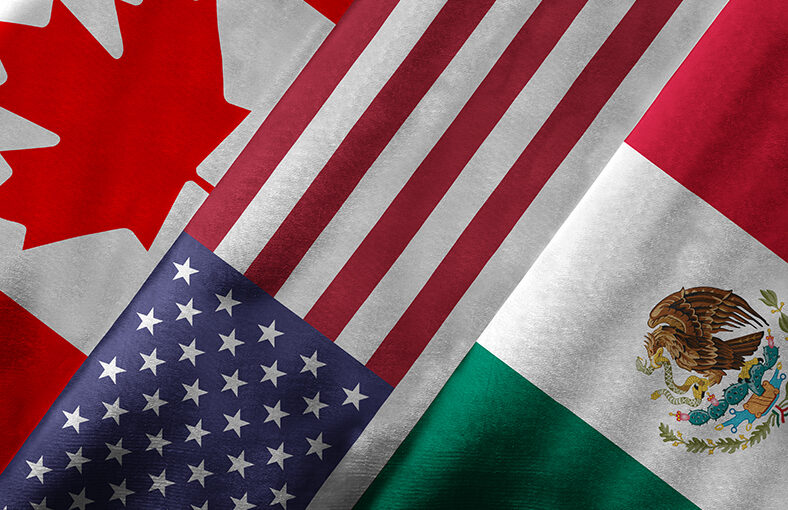While topics such as the labor content rule, the sunset clause and enforcement occupied much of the public debate during the negotiations on the U.S.-Mexico-Canada Agreement (USMCA), for us one of the most interesting aspects is one that seems to be down in the weeds a bit: a focus on small- and medium-sized enterprises (SMEs).
One of the major criticisms of the North American Free Trade Agreement (and all other trade agreements that the U.S. has been party to) was that it benefited large corporations almost exclusively. While the agreement was years ahead of its time in some aspects—a side letter to the agreement created the world’s first green development bank, for example—the global trade community really did not begin to focus on the enormous potential represented by SMEs until after NAFTA came into effect.
Some data points really lay out how much potential we’re talking about here: SMEs comprise two-thirds of new private sector jobs in the United States, according to the U.S. Trade Representative. Yet the Small Business Administration notes that only one percent of U.S. small businesses export. And yet again, the U.S. Chamber of Commerce notes that 95% of consumers are outside of the United States. All of this would seem to indicate that a) only a relatively few number of firms are actually exporting and b) there would seem to be a huge opportunity for U.S. exporters to take advantage of global markets.
One fascinating aspect of the USMCA negotiations is how the U.S. Trade Representative brought in aspects found in the TransPacific Partnership agreement that President Trump withdrew the United States from in early 2017. The TPP contained some advances, including the recognition of the importance of SMEs, which had never been fully articulated in any trade agreement that the U.S. had been party to. The Progressive Policy Institute has an excellent paper on the topic here.
Chapter 25 of the USMCA is titled “Small- and Medium-Sized Enterprises.” While only six pages long, the chapter lays out some important fundamentals:
• The Parties (the governments of the U.S., Mexico and Canada) recognize how important SMEs are to the economies of the three North American countries.
• The Parties agree to set up mechanisms of dialogue on the issue.
• The concept of SMEs is found throughout the Agreement, for example in chapters such as Cross-Border Trade in Services, Digital Trade, and Labor, to name but a few.
While this may not seem like much, it’s a starting point. And while SMEs face a host of barriers to trade, the ability of the United States, Canada and Mexico to expand the benefits of free trade to as many as possible in the coming years is of critical importance and will impact public opinion on the USMCA and free trade more generally in the future. We look forward to sharing additional explorations of SMEs under USMCA in future posts.
By Erik Lee


